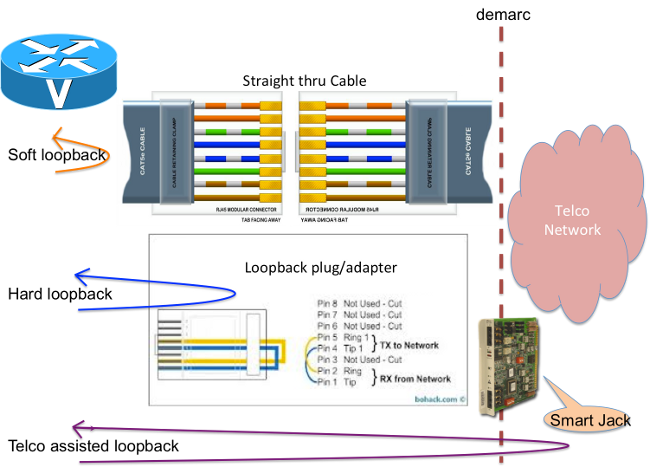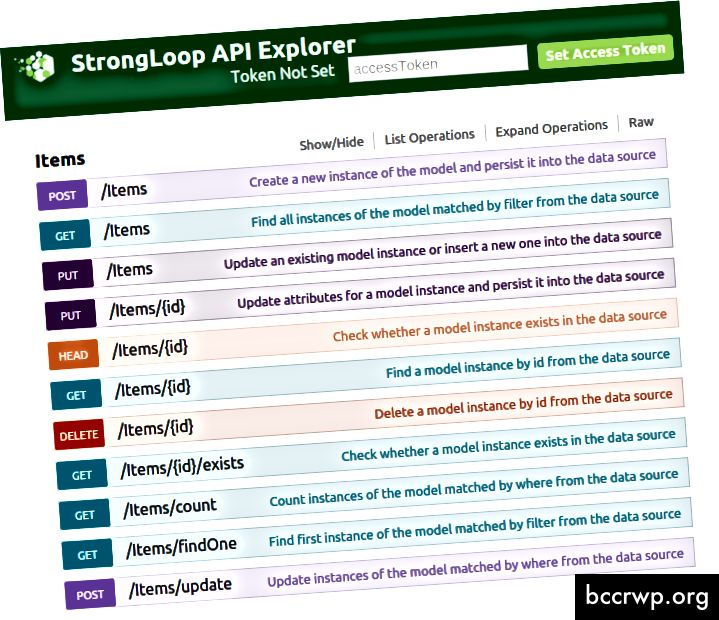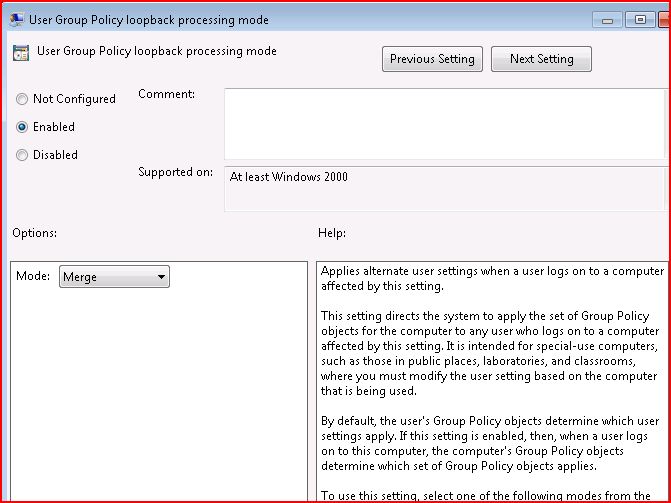

For example, you might want to dump the output from an audio editor program as the input of a Skype call, so someone else could listen to changes and approve them as you edit. Hold down the Option key and a Running Processes menu item appears, letting you select the audio output of anything currently running in the foreground as an app or in the background as a system process or agent-this includes Siri and other parts of macOS that produces audio or “speaks.” IDGĪn Option-click gains access to everything running on a Mac, including hidden agents.Įvery new device automatically includes Pass-Thru, which lets it be used as an audio input as well as a combined output, useful for apps that let you choose a specific audio output device. A drop-down menu shows all running apps and connected audio input devices.

You click a + to create a new virtual device, then select sources. Setting up Loopback is a simple matter, made more visual and easier to understand in version 2. One step shy of literally “plug and play”

But if none of these uses remind you of tasks you’ve tried to manage or want to do, Loopback likely doesn’t meet your interests.


 0 kommentar(er)
0 kommentar(er)
